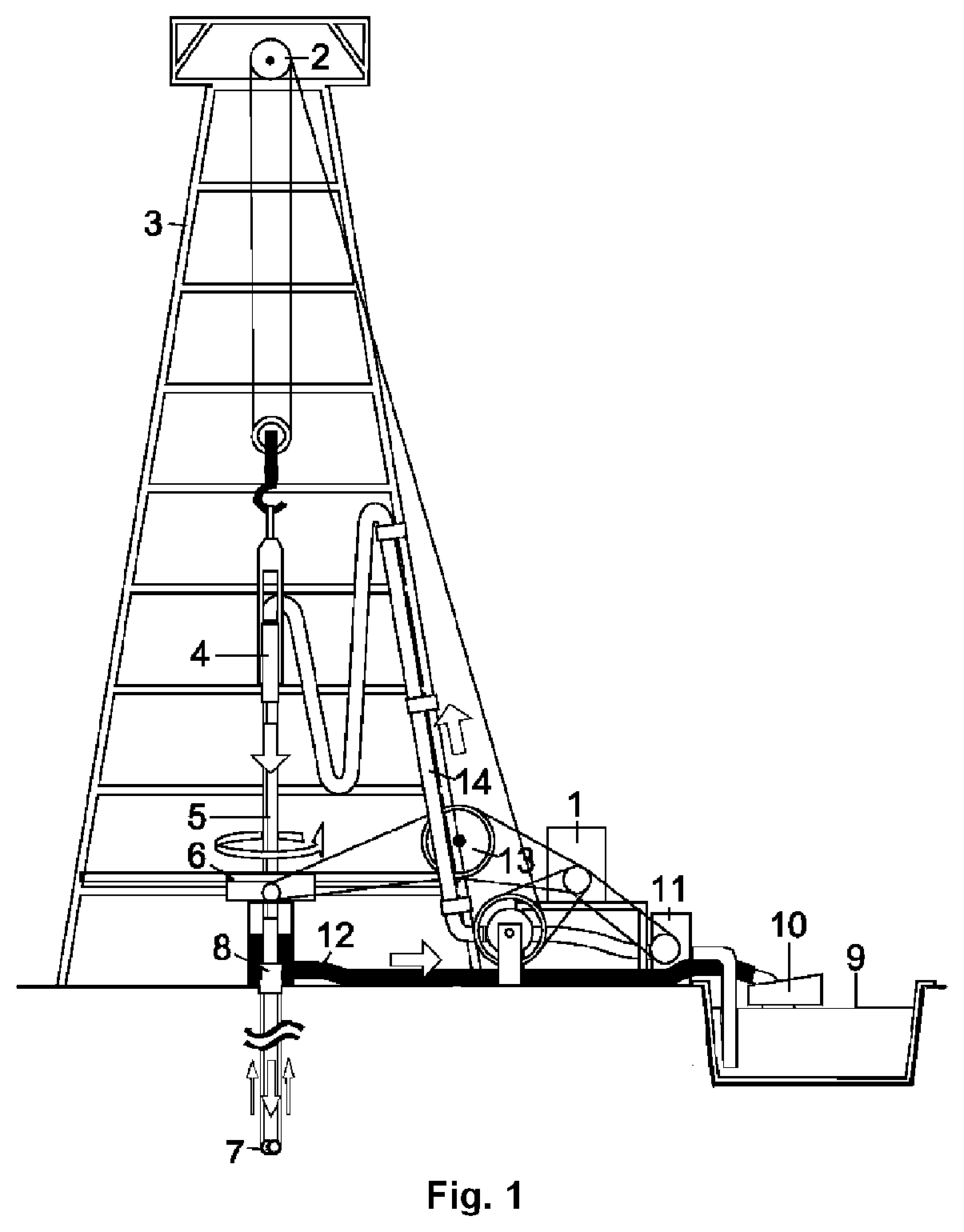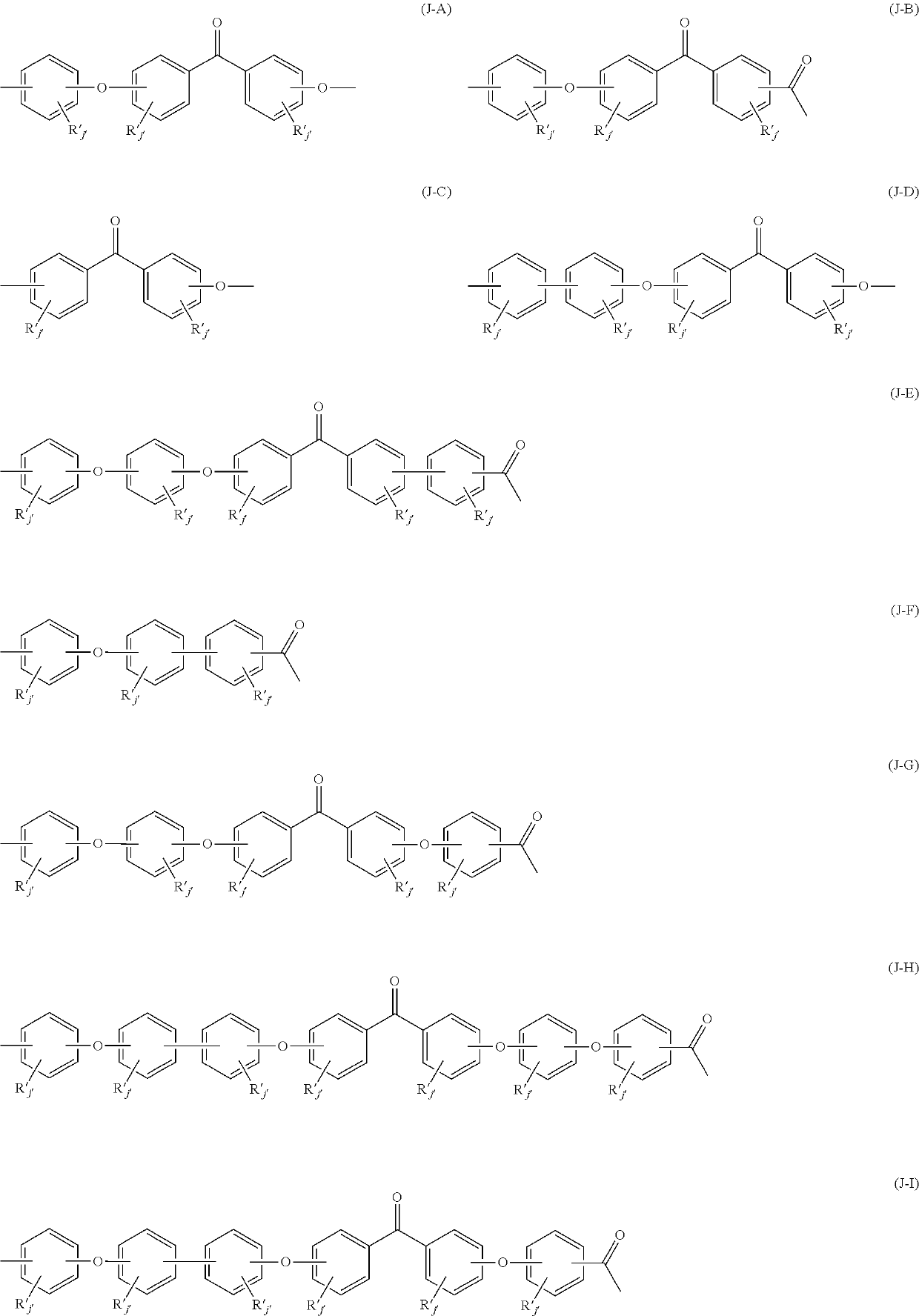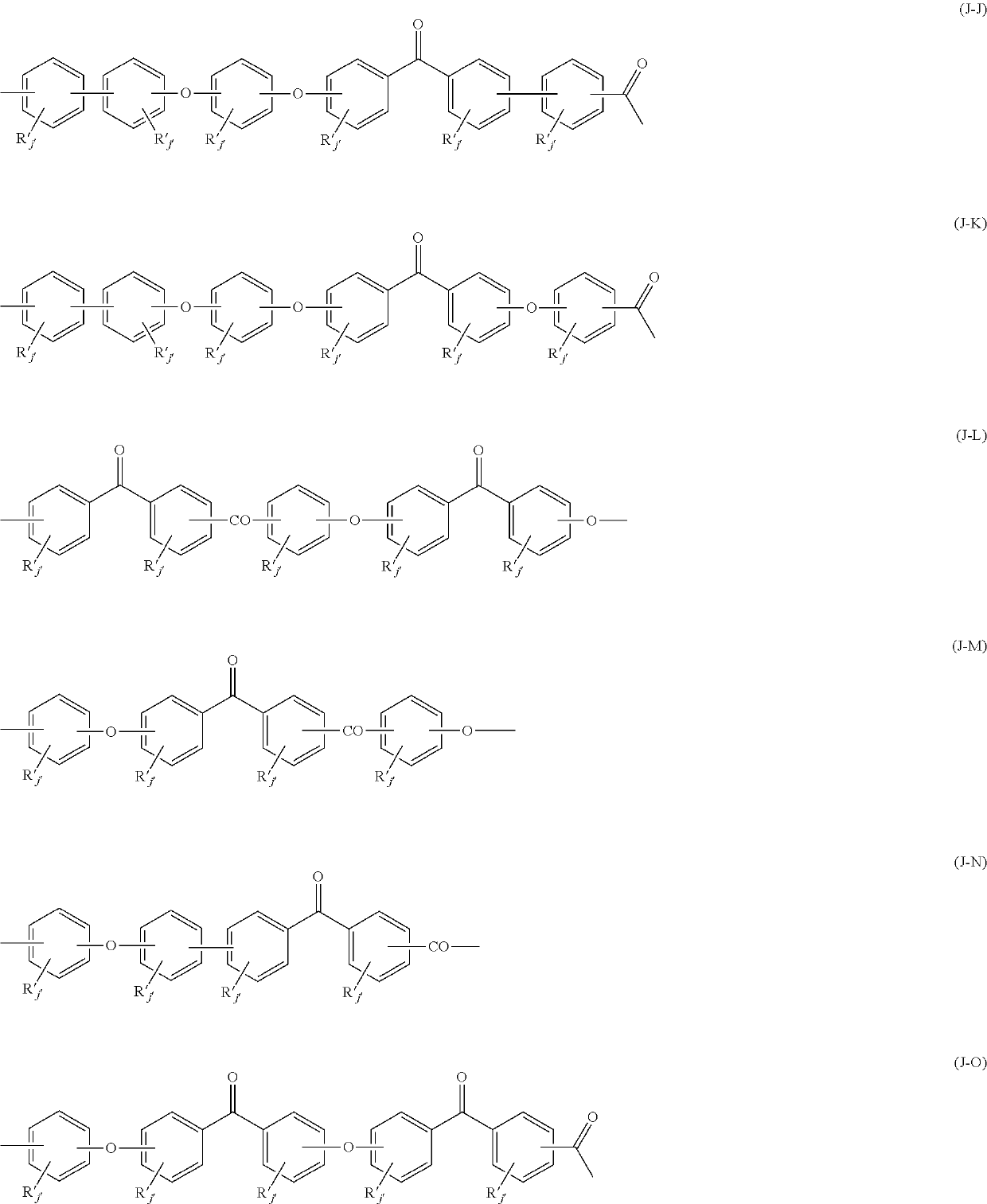Oil and gas recovery articles
a technology for oil and gas recovery and articles, applied in the direction of sealing/packing, drilling pipes, and well accessories, can solve the problems of affecting the the electrical performance of certain oil and gas article parts such as for example electrical connectors, switches, circuit breakers, etc., and the electrical performance of certain oil and gas article parts, etc., to achieve the effect of enhancing the mechanical performance of unfilled (paek) polymers, increasing the dielectric strength
- Summary
- Abstract
- Description
- Claims
- Application Information
AI Technical Summary
Benefits of technology
Problems solved by technology
Method used
Image
Examples
Embodiment Construction
(C1)Example 7DirectionCLTE at Temperature RangeFlowTransverseFlowTransverse−50-0° C. (ppm / ° C.)35.145.424.435.70-50° C. (ppm / ° C.)40.449.026.240.450-100° C. (ppm / ° C.)43.654.028.346.1100-150° C. (ppm / ° C.)45.957.729.350.6Average −50 to +150° C.41.251.627.143.2(ppm / ° C.)% Reduction Relative——3316to comparative example (C1)Overall % Reduction Relative—25to comparative example (C1)**Average of reductions in flow and transverse directions
ADDITIONAL EXAMPLES
[0166]Test specimens for performing ASTM mechanical properties were prepared by two different methods: 1) direct injection molding into 0.125 in (3.2 mm) thick ASTM tensile and flexural specimens and 2) extrusion into 1 inch diameter rod stock of the formulation followed by machining 0.125 in (3.2 mm) thick tensile and flexural specimens from the center of the extruded rods. Extruded and machined specimens were tested alongside the injection molded ones. The parts tested for comparative examples 1-3 and example 7 have thus the exact s...
PUM
| Property | Measurement | Unit |
|---|---|---|
| wt. % | aaaaa | aaaaa |
| wt. % | aaaaa | aaaaa |
| particle size | aaaaa | aaaaa |
Abstract
Description
Claims
Application Information
 Login to View More
Login to View More - R&D
- Intellectual Property
- Life Sciences
- Materials
- Tech Scout
- Unparalleled Data Quality
- Higher Quality Content
- 60% Fewer Hallucinations
Browse by: Latest US Patents, China's latest patents, Technical Efficacy Thesaurus, Application Domain, Technology Topic, Popular Technical Reports.
© 2025 PatSnap. All rights reserved.Legal|Privacy policy|Modern Slavery Act Transparency Statement|Sitemap|About US| Contact US: help@patsnap.com



